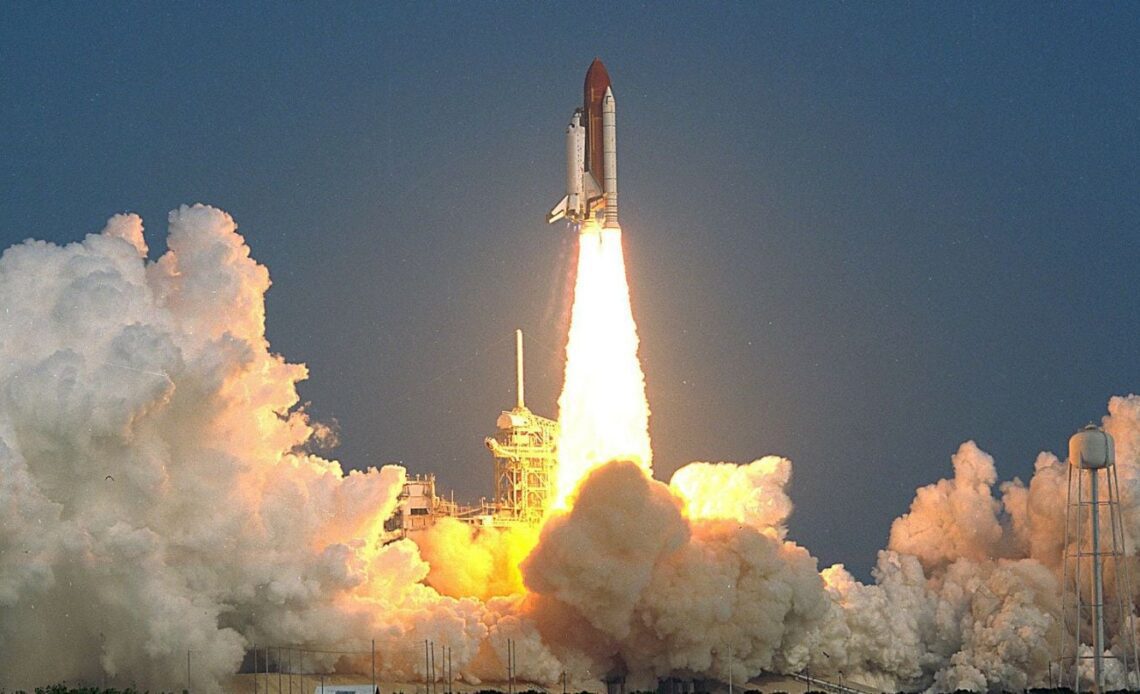Real-world assets (RWAs) have been a bright spot in crypto markets in 2022 and 2023. Amid depressed crypto-asset prices and elevated global interest rates, investor interest has shifted towards traditionally offchain yields (e.g., U.S. Treasurys) and away from crypto-native opportunities (e.g., yield farming). Simultaneously, the tokenization narrative gained traction with both crypto incumbents and external market participants (e.g., institutional money managers, regulators, etc.).
This post is part of CoinDesk’s “Crypto 2024” predictions package.
Despite momentum in the space, it should be recognized that tokenized assets are still in their infancy. Fundamental questions remain unanswered. For instance, how can regulation ensure the legal connection between tokens and their offchain counterparts? Do RWA prices sufficiently take into account novel risks (e.g., smart contracts) posed by blockchain technology? Does buy-side demand justify the current market offerings in tokenized markets?
What are the biggest opportunities and obstacles RWA builders should watch out for in 2024?
Below are RWA.xyz’s five predictions:
1. Proliferation of “Stablecoin” Products
Between Circle (USDC) and Tether (USDT), the preeminent issuers of USD pegged stablecoins, there is $115 billion in circulation as of December 14, 2023. With arguably the best product-market fit among token issuers, we anticipate many teams will seek to emulate the success of these products in 2024.
To challenge the market dominance of USDC and USDT, these teams will seek to differentiate their products. by (1) using alternative forms of collateral to back a stablecoin (e.g., by way of currencies, commodities, government debt, etc.); (2) offering additional incentives to users (e.g., passing on yield generated by collateral); and (3) introducing novel compliance frameworks (e.g., “blacklisting,” or preventing wallets with certain user characteristics from holding a particular crypto-asset).
Despite the proliferation of stablecoin launches, we do not anticipate the collective market share of USDC and USDT to wane meaningfully throughout 2024. Newly introduced stablecoin products will find it difficult to compete with USDC and USDT’s vast interoperability, network effects and “blue-chip” status.
Click Here to Read the Full Original Article at Cryptocurrencies Feed…
























